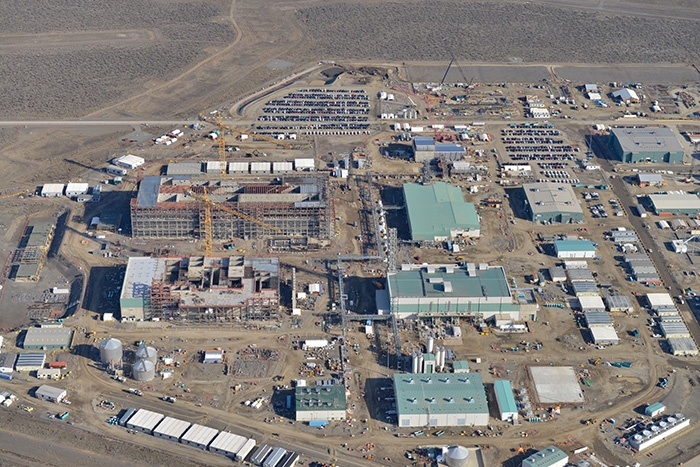Uncertainties with WTP persist, GAO says
The Department of Energy’s Office of Environmental Management has not followed best practices or DOE policy in pursuing alternatives for pretreating radioactive tank waste at the Hanford Site, near Richland, Wash., according to a report released on May 12 by the Government Accountability Office. The DOE has spent over $400 million since 2013 looking into alternatives to pretreating Hanford’s low-activity waste (LAW), yet the department has not properly defined a mission need or a life-cycle cost estimate for its preferred alternative, according to the report.



